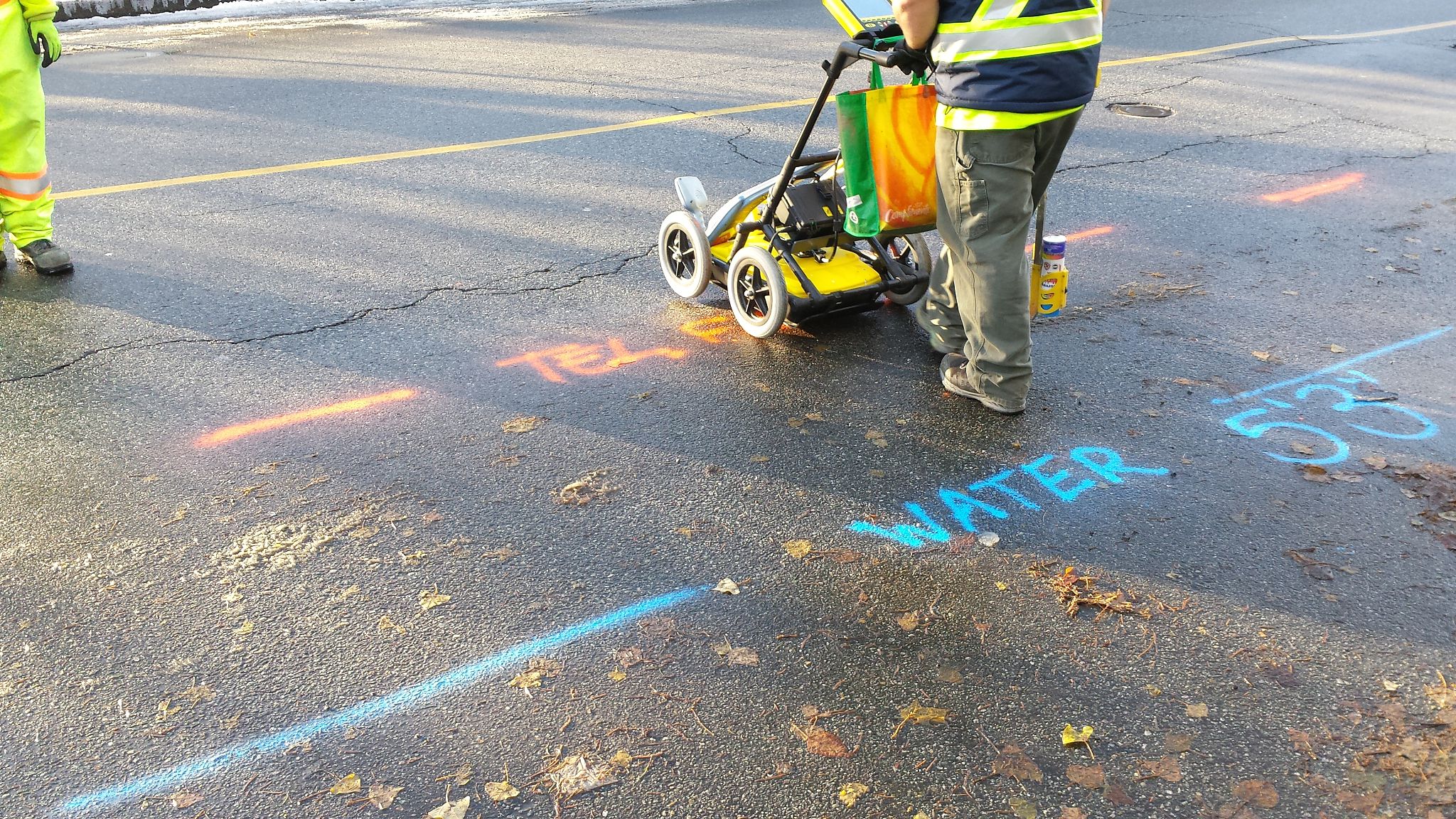Top Myths About Utility Line Markers: What You Need to Know
Understanding Utility Line Markers
Utility line markers are essential tools for ensuring the safety and efficiency of underground utility management. These markers serve as visual indicators for the presence of buried utility lines, helping to prevent accidental damage during excavation or construction activities. However, several myths surround these markers, leading to misunderstandings about their purpose and effectiveness.

Myth 1: Utility Line Markers Are Only Necessary for Construction Sites
A common misconception is that utility line markers are only needed on active construction sites. In reality, these markers are crucial for any area where underground utilities are present, including residential neighborhoods and public spaces. They help prevent accidental disruptions to essential services like electricity, water, and telecommunications.
Utility line markers are vital for routine maintenance tasks and emergency repairs. Knowing the exact location of underground utilities can significantly reduce the risk of service interruptions and safety hazards.
Myth 2: All Utility Line Markers Are the Same
Another prevalent myth is that all utility line markers serve the same purpose and are interchangeable. In truth, different types of markers exist for different utilities, such as gas, water, electric, and telecommunications lines. Each type of marker is color-coded and labeled to indicate the specific utility it represents.

Using the correct marker for each utility type is crucial for accurate identification and safety compliance. Standardized color codes ensure that workers and contractors can easily identify the utility type and take appropriate precautions.
Myth 3: Utility Line Markers Eliminate All Risks
While utility line markers significantly reduce the chances of accidental damage, they do not eliminate all risks. Excavation and construction projects must still follow best practices, including contacting local utility companies for detailed maps and information before beginning work.
- Always call before you dig to ensure all underground utilities are clearly marked and understood.
- Follow safety guidelines and regulations when working near marked areas.
- Use appropriate equipment and techniques to minimize the risk of damage.
By combining the use of utility line markers with thorough planning and communication, potential hazards can be effectively managed.
Myth 4: Utility Line Markers Are Costly and Inefficient
Some argue that implementing utility line markers is an unnecessary expense. However, the cost of installing these markers pales in comparison to the potential costs of repairing damaged utilities or dealing with legal liabilities from accidents. Moreover, markers enhance efficiency by providing clear visual cues that help workers quickly identify utility locations.

Utility line markers are a cost-effective investment in safety and operational efficiency. They help prevent costly errors and ensure smooth project execution.
The Importance of Public Awareness
Public awareness about the significance of utility line markers is essential. Educating communities about their importance can help reduce the incidence of accidental utility damage. Initiatives such as public workshops, informational campaigns, and collaborations with local authorities can play a vital role in spreading awareness.
In conclusion, understanding the truths behind these myths is crucial for enhancing safety, efficiency, and communication in managing underground utilities. By dispelling these misconceptions, we can ensure that utility line markers continue to serve as reliable tools in preserving essential services and public safety.